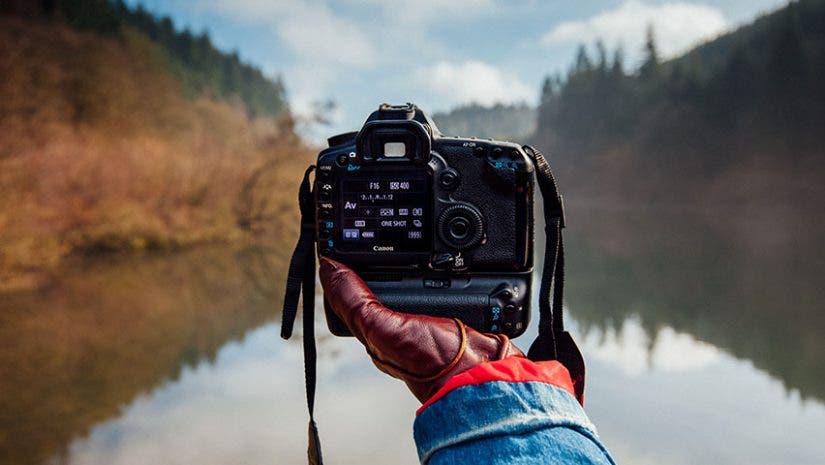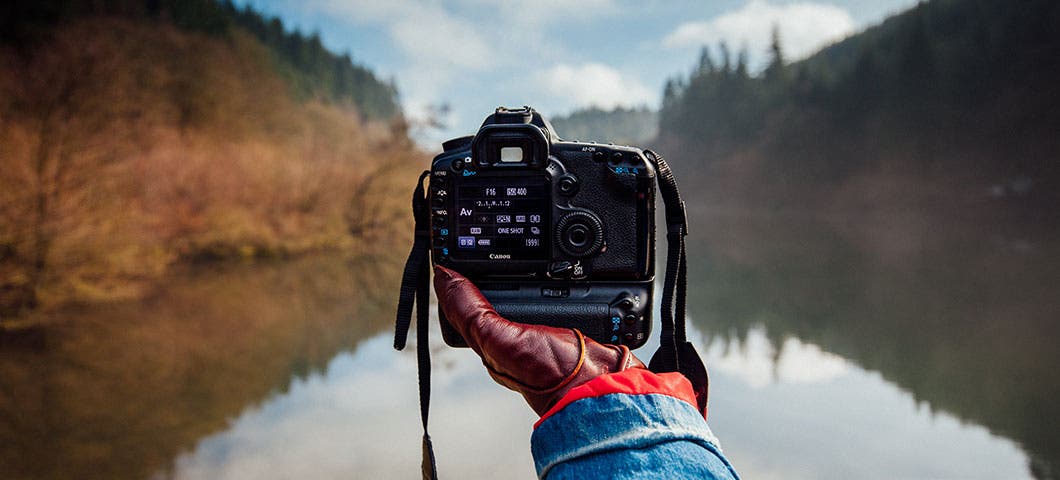While filming on an overseas trip may seem similar to capturing footage at home (although slightly more photogenic if you’re traveling to an exciting destination!), there are quite a few things you should be prepared for. Batteries can exhaust quickly (and you may not have handy adapters). Countries may restrict your number of cameras. And keeping your gear safe is hardly as simple as it should be.
Challenges aside, filming your travels is absolutely worth it. There’s no better way to relive your memories over and over than a travel film that transports you right back into those memories. And, if you’re going abroad to film a journalistic piece or documentary, even better. Global storytelling is an increasingly important way to build empathy and connect people across cultures.
As you plan for your next overseas film trip, here are 5 things to consider.
1. Check the country’s custom rules
When I first started out as a traveling filmmaker and journalist, I brought all my cameras and audio equipment on overseas trips. It never crossed my mind that certain countries would have rules and regulations on the number of cameras and types of gear I could bring with me. Unfortunately, sometimes they do.
I never suffered misfortunes due to my ignorance, but I now thoroughly check the laws before going from point A to B. As you plan your next overseas film trip, research customs requirements for each country to determine how many cameras you can bring with you. For example, Ireland’s customs laws have no limit on the number of cameras tourists can bring in (although if you’re filming commercially, you’ll likely have different regulations). But head to Mexico and you can only bring one photographic camera and one nonprofessional film or video camera.
All of this said, I’ve heard mixed reviews on whether countries truly enforce these rules for tourists. In many cases they’re reserved for film crews, but some tourists have been hassled by customs units, so it’s worth paying attention to and preparing ahead because in travel, just about anything and everything could go wrong.
2. Know the drone laws
If you’re planning to capture epic drone footage on your next trip, make sure you’ve thoroughly researched drone laws for the specific city or destination you’re visiting. Laws can be set from all different levels — city, state, country, etc. — but this map provides a helpful and quick look at locale-specific laws. As drone popularity increases, the laws have gotten stricter and stricter, so it’s best not to test your luck in forbidden zones.
If you are able to bring a drone on your trip — hooray! — I’d highly recommend the DJI Spark. This tiny little drone packs a big punch, with 1080 footage, a 2-axis stabilizer and app features that enable circular orbit, sweeping crane and zoom in/ out shots. While the continuously growing drone market definitely has higher-quality 4K options, the Spark is great for travel because of its lower price point (less than $400). Of course, I’m not saying you’d do anything to hurt your drone, but again, in travel, just about anything can go wrong!
3. Bring multiple extra batteries
When you’re filming overseas, it’s easy to get caught in the moment capturing establishing shot after establishing shot… all before realizing your batteries are powered out. During wedding films, I keep my batteries charging in a handy outlet throughout the day, but when you’re on-the-go for days on end, it’s hard enough to find a bathroom, let alone ample time to charge at a public outlet.
Depending on the camera, I bring at least one spare battery with me per day. For cameras like the Sony A7SII that are known “battery hogs,” I try to bring at least four or five. Plus a charger. Plus an adapter (you never know — you may just get lucky!).
It’s always better to be over-prepared so you can capture the moment versus underprepared to save a few bucks, so make sure to stock up on batteries (and bring them with you) for a fool-proof film trip.
4. Know your voltage
Voltage may sound tricky, but fear not: as long as you have a plug adapter, you have everything you need to charge your camera (i.e., you don’t need to worry about a converter for voltages). According to Smarter Travel, you’ll just need to check your camera charger to ensure it’s labeled for 110 and 220 volts, as the U.S., Canada and Caribbean use 110 volts but places like Europe, Australia and New Zealand use 220.
5. Don’t skimp on memory cards
Speaking of being prepared, make sure you bring plenty of memory cards with you on your travels. I typically take at least two extra 128GB cards (beyond what I’ve calculated I need) to be safe; I know I’ll use them eventually. You may be lucky enough to find camera shops in bigger cities, but it’s a lot less hassle — and sometimes less expensive — if you just bring your favorite memory cards from home.
I like to use a hard-shelled card holder to keep my memory cards organized in my backpack. This way, despite the hustle and bustle of travel, I know my footage will stay safe.
Filming on an overseas adventure may have you jumping through a hoop or two, but the hassle is absolutely worth the reward. If you’re already frustrated by the annoyance that is packing for a film trip abroad, we have you covered with this quick-and-easy packing guide.
Feature photo by Thom Holmes on Unsplash






